SLVSFJ6 November 2020 TPS27SA08
PRODUCTION DATA
- 1 Features
- 2 Applications
- 3 Description
- 4 Revision History
- 5 Device Summary Table
- 6 Pin Configuration and Functions
- 7 Specifications
- 8 Parameter Measurement Information
-
9 Detailed Description
- 9.1 Overview
- 9.2 Functional Block Diagram
- 9.3
Feature Description
- 9.3.1 Protection Mechanisms
- 9.3.2 Diagnostic Mechanisms
- 9.4 Device Functional Modes
- 10Application and Implementation
- 11Power Supply Recommendations
- 12Layout
- 13Device and Documentation Support
- 14Mechanical, Packaging, and Orderable Information
Package Options
Mechanical Data (Package|Pins)
- PWP|16
Thermal pad, mechanical data (Package|Pins)
- PWP|16
Orderable Information
7.8 Typical Characteristics
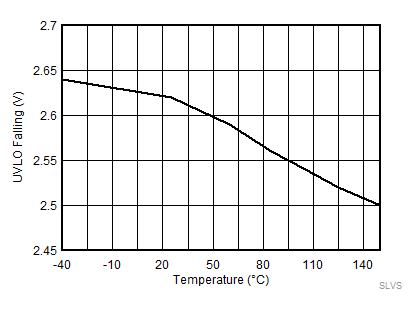
| VBB = 13.5 V to 0 V | ROUT = 1 kΩ | VDIAG__EN = 0 V |
| VEN = 5 V |
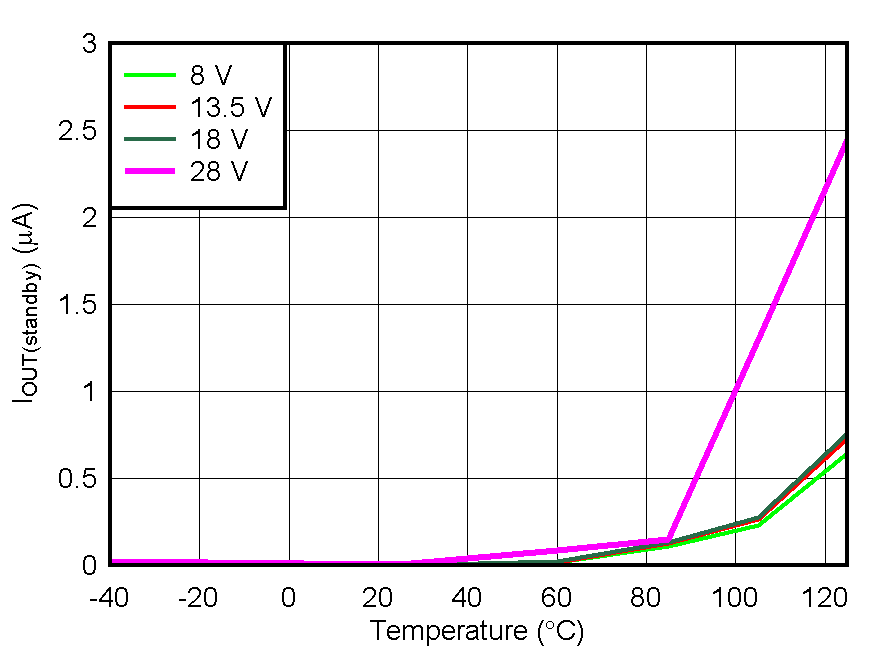
| VOUT = 0 V | VEN = 0 V | VDIAG_EN = 0 V |
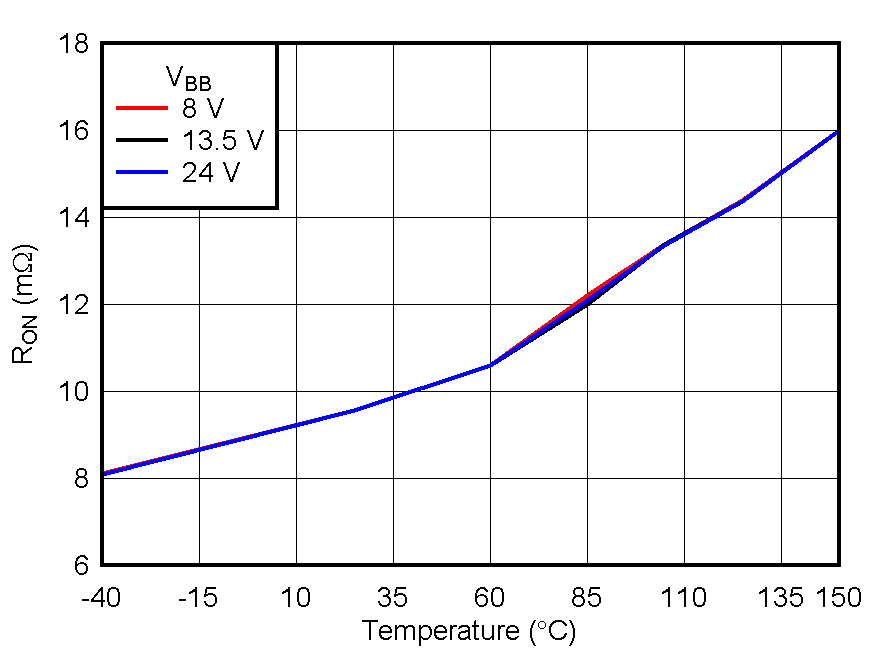
| IOUT = 200 mA | VEN = 5 V | VDIAG_EN = 0 V |
| RSNS = 1 kΩ |
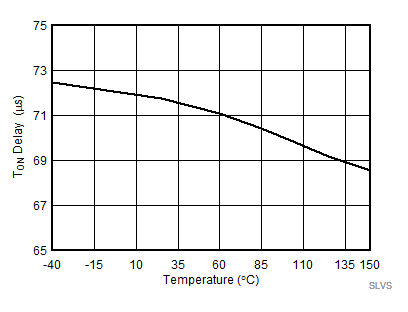
| ROUT = 2.6 Ω | VEN = 0 V to 5 V | VDIAG_EN = 0 V |
| RSNS = 1 kΩ | VBB = 13.5 V |
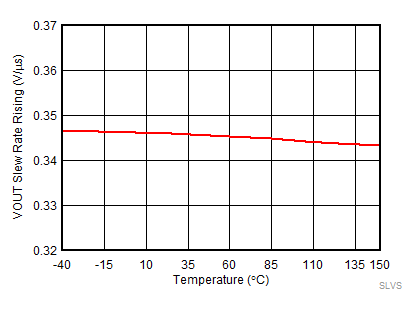
| ROUT = 2.6 Ω | VEN = 0 V to 5 V | VDIAG_EN = 0 V |
| RSNS = 1 kΩ | VBB = 13.5 V |
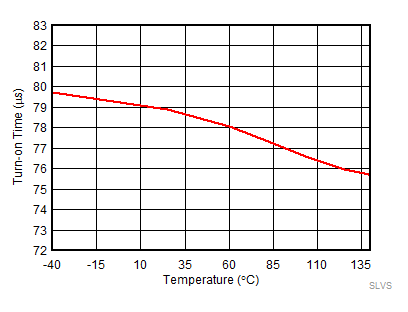
| ROUT = 2.6 Ω | VEN = 0 V to 5 V | VDIAG_EN = 0 V |
| RSNS = 1 kΩ | VBB = 13.5 V |
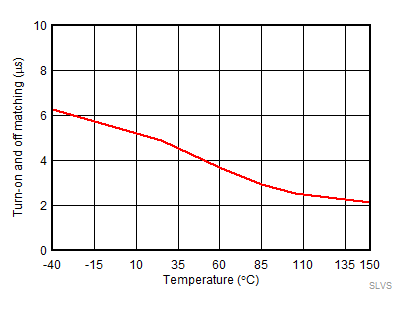
| ROUT = 2.6 Ω | VEN = 0 V to 5 V and 5 V to 0 V | VDIAG_EN = 0 V |
| RSNS = 1 kΩ | VBB = 13.5 V |
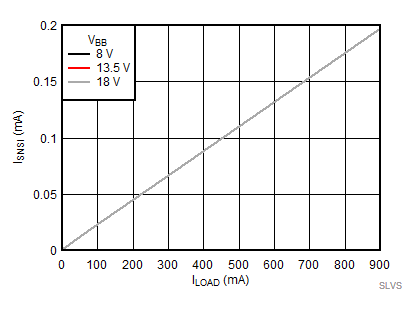
| VSEL1 = VSEL2 = 0 V | VEN = 5 V | VDIAG_EN = 5 V |
| RSNS = 1 kΩ | TA = 25°C |
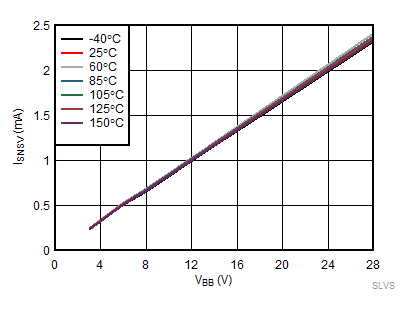
| VSEL1 = VSEL2 = 5 V | VEN = 0 V | VDIAG_EN = 5 V |
| RSNS = 1 kΩ | IOUT = 0 A |
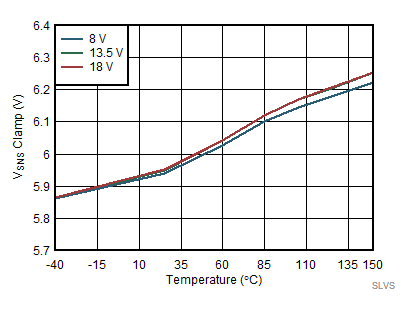
| VSEL1 = VSEL2 = 0 V | VEN = 5 V | VDIAG_EN = 5 V |
| RSNS = 10 kΩ | IOUT = 4 A |
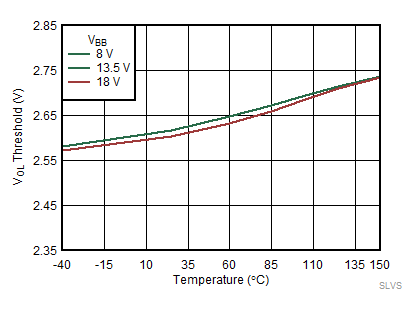
| VEN = 0 V | VOUT = 0 V to 5 V | IOUT = 0 A |
| VDIAG_EN= 5 V | VSEL1 = VSEL2 = 0 V |
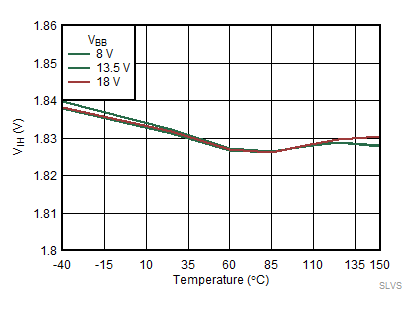
| VEN = 0 V to 3.3 V | VOUT = 0 V | VDIAG_EN = 0 V |
| ROUT = 1 kΩ |
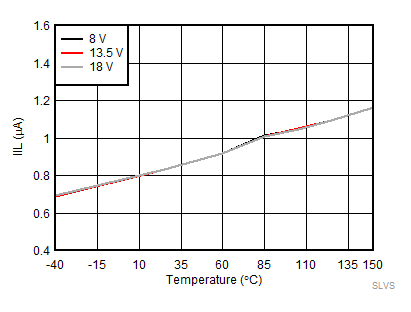
| VEN = 0.8 V | VOUT = 0 V | VDIAG_EN = 0 V |
| ROUT = 1 kΩ |
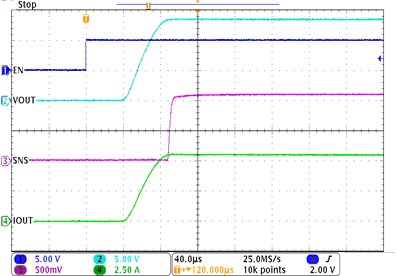
| ROUT = 2.6 Ω | RSNS = 1 kΩ | VDIA_EN = 5 V |
| VSEL1 = VSEL2 = 0 V |
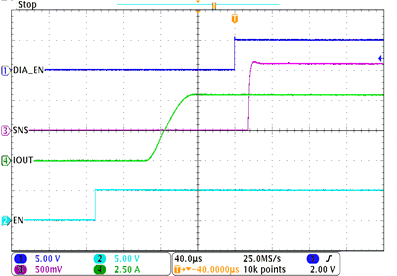
| ROUT = 2.6 Ω | RSNS = 1 kΩ | VDIA_EN= 0 V to 5 V |
| VSEL1 = VSEL2 = 0 V |
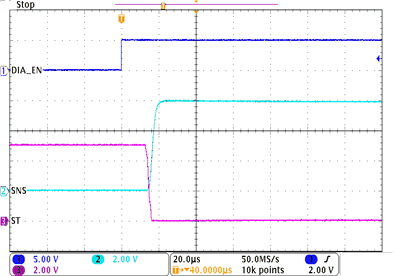
| VOUT = VBB | RSNS = 1 kΩ | VSEL1 = VSEL2 = 0 V |
| VEN = 0 V | VDIAG_EN = 5 V |
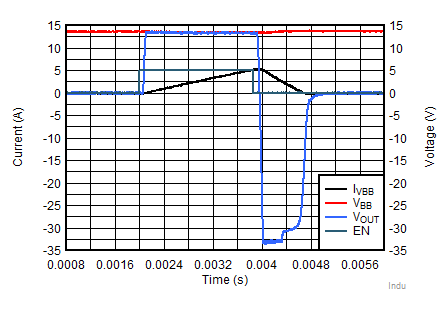
| VBB = 13.5 V | TA = 125°C | LOUT = 5 mH |
| VEN = 0 V to 5 V, 5 V to 0 V |
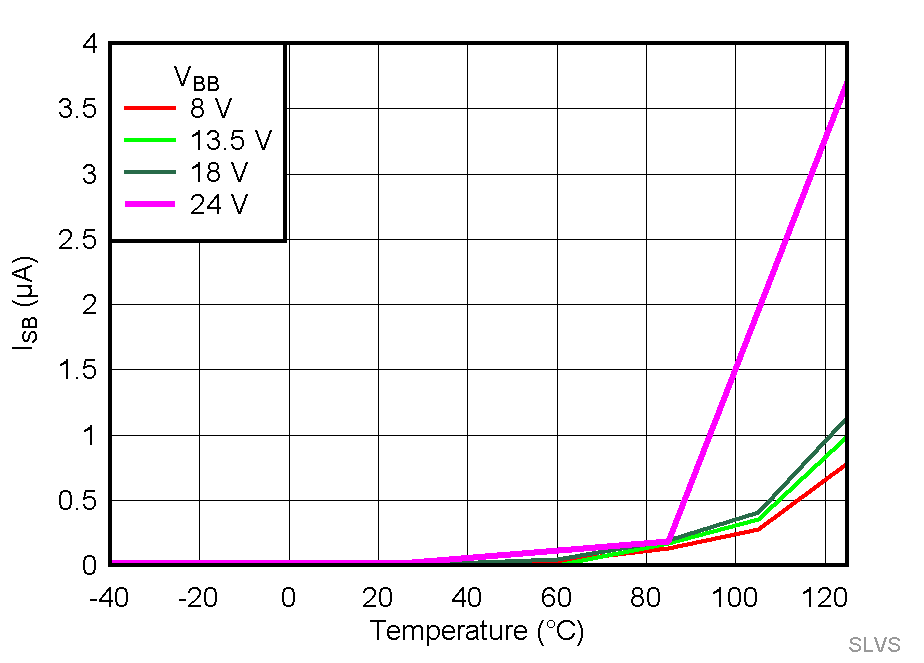
| VOUT = 0 V | VEN = 0 V | VDIAG_EN = 0 V |
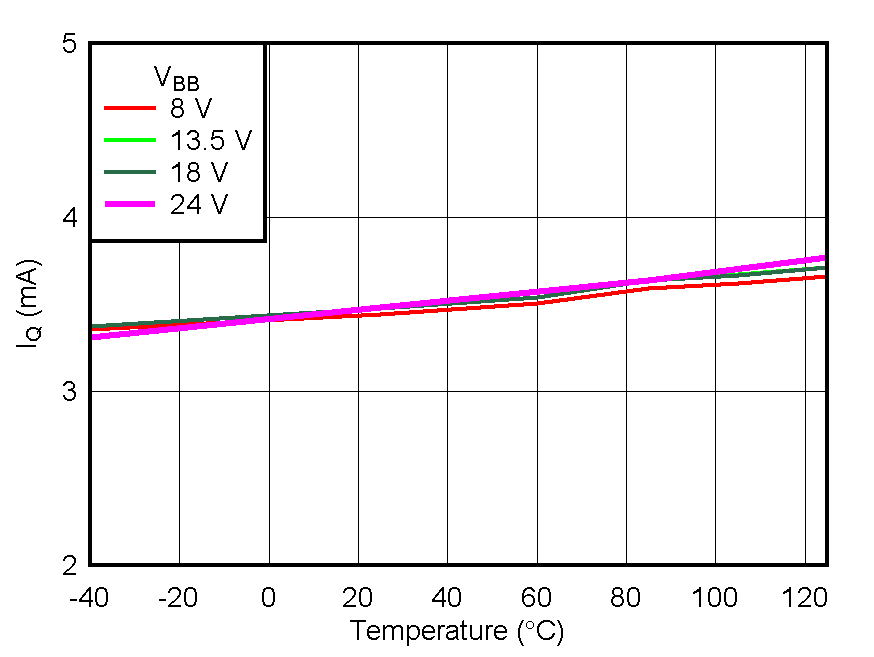
| IOUT = 0 A | VEN = 5 V | VDIAG_EN = 5 V |
| RSNS = 1 kΩ | VSEL1 = VSEL2 = 0 V |
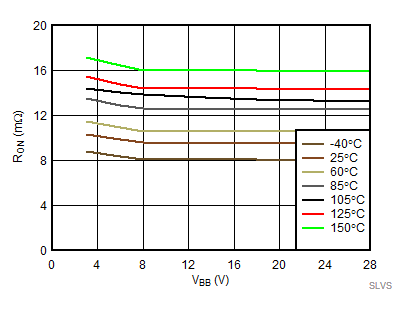
| IOUT = 200 mA | VEN = 5 V | VDIAG_EN = 0 V |
| RSNS = 1 kΩ | VBB = 13.5 V |
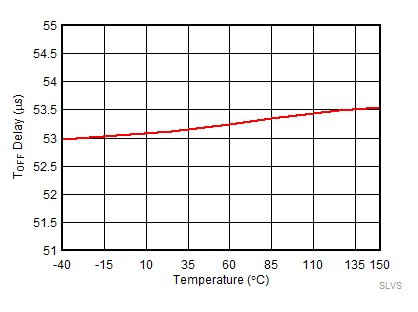
| ROUT = 2.6 Ω | VEN = 5 V to 0 V | VDIAG_EN = 0 V |
| RSNS = 1 kΩ | VBB = 13.5 V |
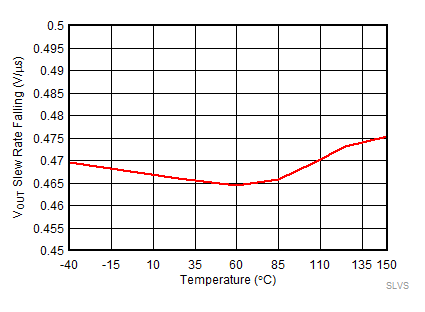
| ROUT = 2.6 Ω | VEN = 5 V to 0 V | VDIAG_EN = 0 V |
| RSNS = 1 kΩ | VBB = 13.5 V |
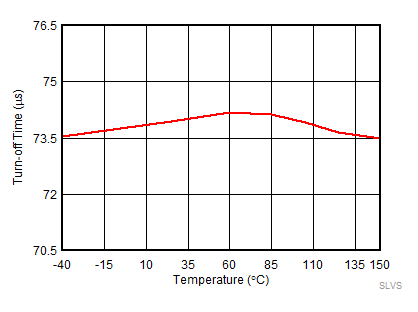
| ROUT = 2.6 Ω | VEN = 5 V to 0 V | VDIAG_EN = 0 V |
| RSNS = 1 kΩ | VBB = 13.5 V |
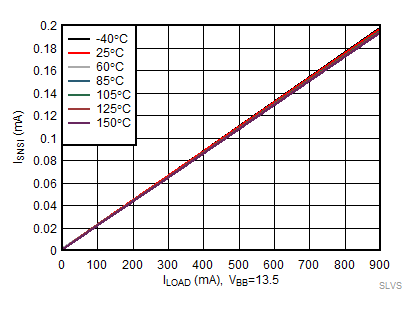
| VSEL1 = VSEL2 = 0 V | VEN = 5 V | VDIAG_EN = 5 V |
| RSNS = 1 kΩ | VBB = 13.5 V |
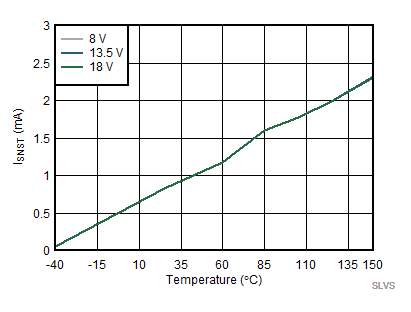
| VSEL1 = 5 V | VSEL2 = 0 V | VDIAG_EN = 5 V |
| RSNS = 1 kΩ | VEN = 0 V |
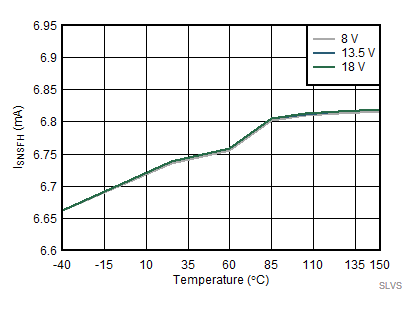
| VSEL1 = VSEL2 = 0 V | VEN = 0 V | VDIAG_EN = 5 V |
| RSNS = 500 Ω | VOUT Floating |
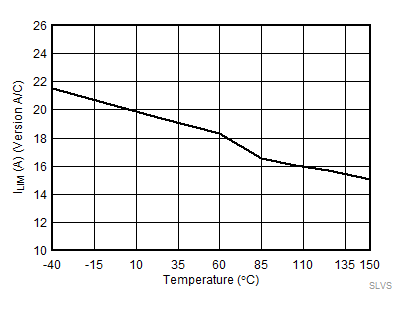
| VBB = 13.5 V | VOUT = 0 V | VDIAG_EN = 0 V |
| Device Version C | VEN = 5 V | VLATCH = 5 V |
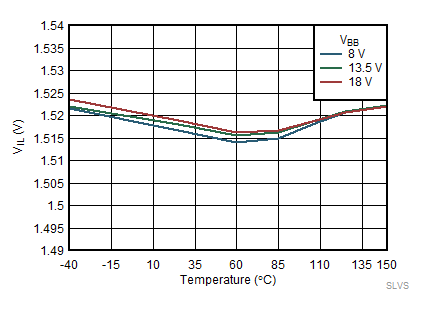
| VEN = 3.3 V to 0 V | VOUT = 0 V | VDIAG_EN = 0 V |
| ROUT = 1 kΩ |
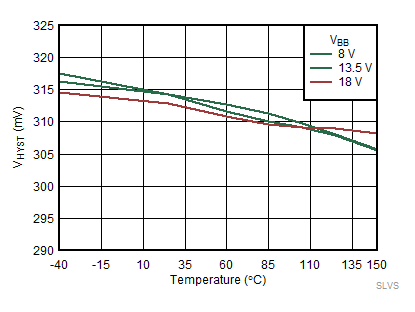
| VEN = 0 V to 3.3 V and 3.3 V to 0 V | VOUT = 0 V | VDIAG_EN = 0 V |
| ROUT = 1 kΩ |
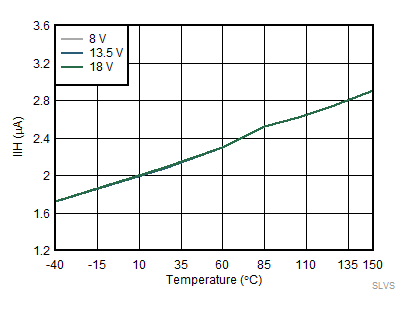
| VEN = 2 V | VOUT = 0 V | VDIAG_EN = 0 V |
| ROUT = 1 kΩ |
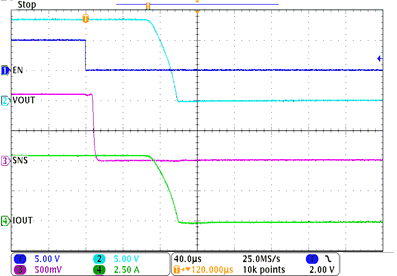
| ROUT = 2.6 Ω | RSNS = 1 kΩ | VDIA_EN = 5 V |
| VSEL1 = VSEL2 = 0 V |
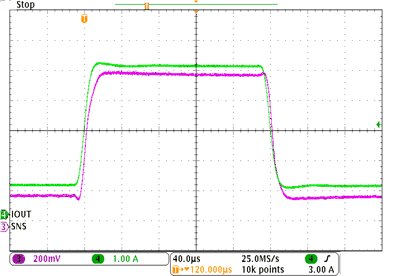
| IOUT = 1 A to 5 A | RSNS = 1 kΩ | VDIA_EN = 5 V |
| VSEL1 = VSEL2 = 0 V |
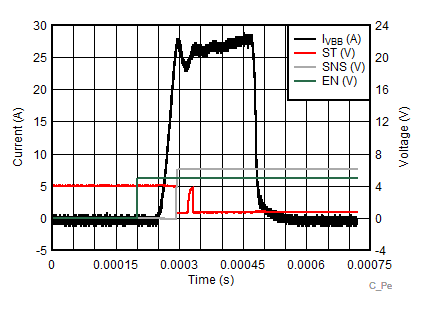
| VBB = 13.5 V | C Device Version | VOUT = 0 V |
| VEN = 0 V to 5 V | TA = 25°C |